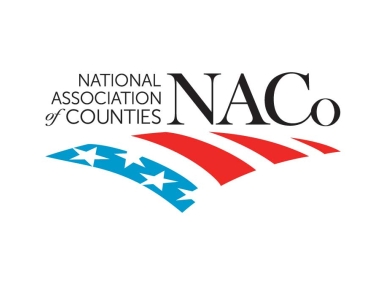EPA conducting survey to learn potential impacts COVID-19 has had on drinking water and wastewater utilities
Upcoming Events
Related News
On October 1, the U.S. Environmental Protection Agency (EPA) released a voluntary survey to learn how drinking water and wastewater utilities across the county have been affected – operationally and financially – by COVID-19. Survey participants will include community water systems and publicly owned wastewater treatment facilities of all sizes, which were pre-identified by the agency based on a statistically repetitive sample draw. The survey will close on October 14.
The 2020 COVID-19 Water Sector Survey will help identify and evaluate certain impacts to water utilities stemming from operational and financial challenges. This voluntary survey will facilitate the collection of useful information in a uniform format to guide the development of technical assistance which could help sustain water utility operations and to support planning for the future. Information collected in the survey will be anonymized prior to any public release.
As owners, users and regulators of water resources and infrastructure, many counties have the responsibility to provide water services and have the authority to own and operate drinking water systems. As counties respond to the current health crisis, the COVID-19 pandemic could lead to massive budgetary impacts for county governments and local taxpayers, with as much as $202 billion in lost revenue and increased expenditures through FY2021. Due to a drastic decrease in revenue, counties will continue to see a decline in local government jobs, impacting county run services. NACo has called on Congress and the administration to provide direct, flexible funding to county governments to offset loss in revenues to maintain critical programs and services.
Attachments
Related News

Counties Celebrate Key Permitting Inclusions in SPEED Act
NACo issued the following statement in response to the passage of the Standardizing Permitting and Expediting Economic Development (SPEED) Act (H.R. 4776), which advanced out of the U.S. House Committee on Natural Resources on November 20.

House Natural Resources Committee advances Standardizing Permitting and Expediting Economic Development (SPEED) Act
On November 20, the U.S. House Committee on Natural Resources advanced the Standardizing Permitting and Expediting Economic Development (SPEED) Act (H.R. 4776), which would make important changes to streamline federal permitting and strengthen county involvement in decision-making by amending the National Environmental Policy Act. Counties support commonsense permitting reforms, and NACo secured provisions in the SPEED Act that would guarantee counties a seat at the table during federal environmental reviews.

U.S. Environmental Protection Agency releases new definition of the “waters of the United States”
On November 17, the U.S. Environmental Protection Agency and U.S. Army Corps of Engineers released a proposed rule defining what constitute the “waters of the United States” and are subject to federal regulation under the Clean Water Act. The new definition is narrower than previous rules and codifies the decision of U.S. Supreme Court in the 2023 case Sackett v. EPA.